Tswana Traditional Dresses: A Fashion Statement of Tradition and Elegance
Tswana Traditional Dresses: A Fashion Statement of Tradition and Elegance
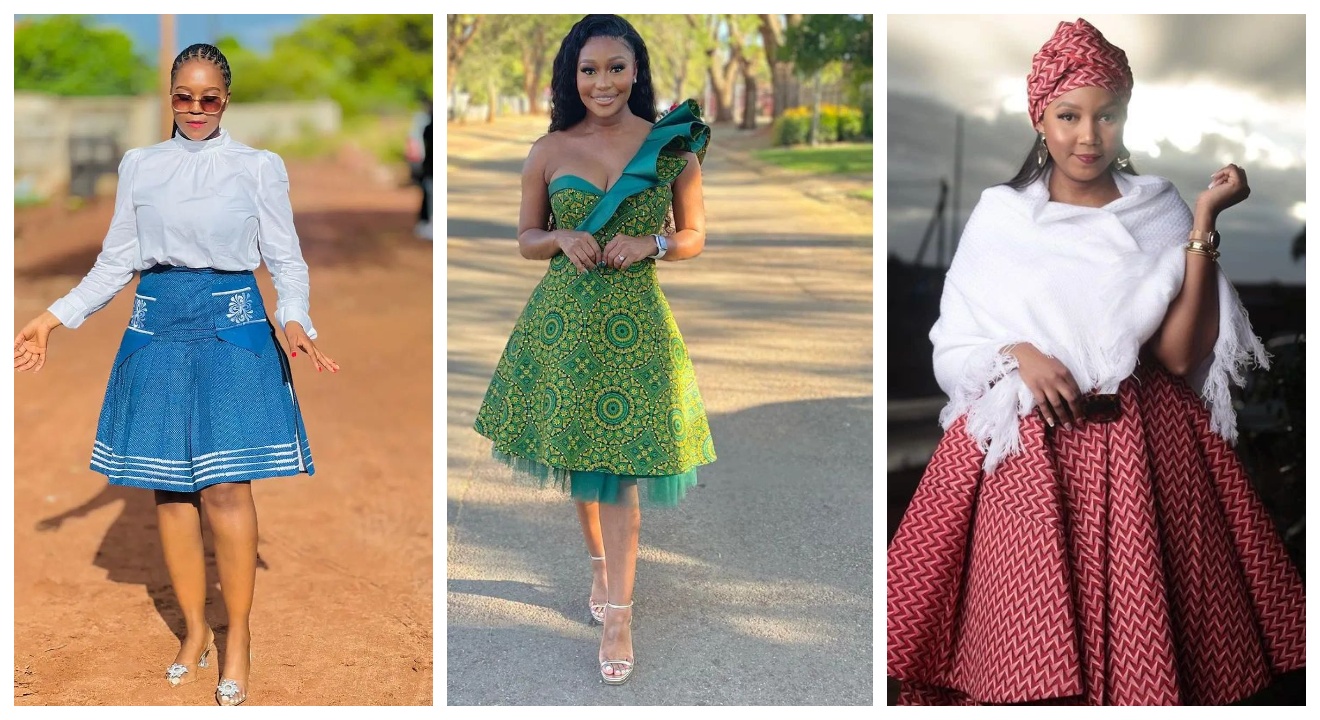
Introduction to Tswana Traditional Dresses
Tswana traditional dresses are not just garments; they are a fashion statement that represents the rich culture and traditions of the Tswana people. These dresses are known for their elegance, vibrant colors, and intricate designs, making them a symbol of pride and identity.
Tswana culture and traditions
The Tswana people, who are part of the Bantu ethnic group, have a deep-rooted culture that is reflected in their traditional dresses. The Tswana culture places great importance on community, family, and respect for elders. Traditional dresses play a significant role in showcasing these values and preserving the cultural heritage of the Tswana people.

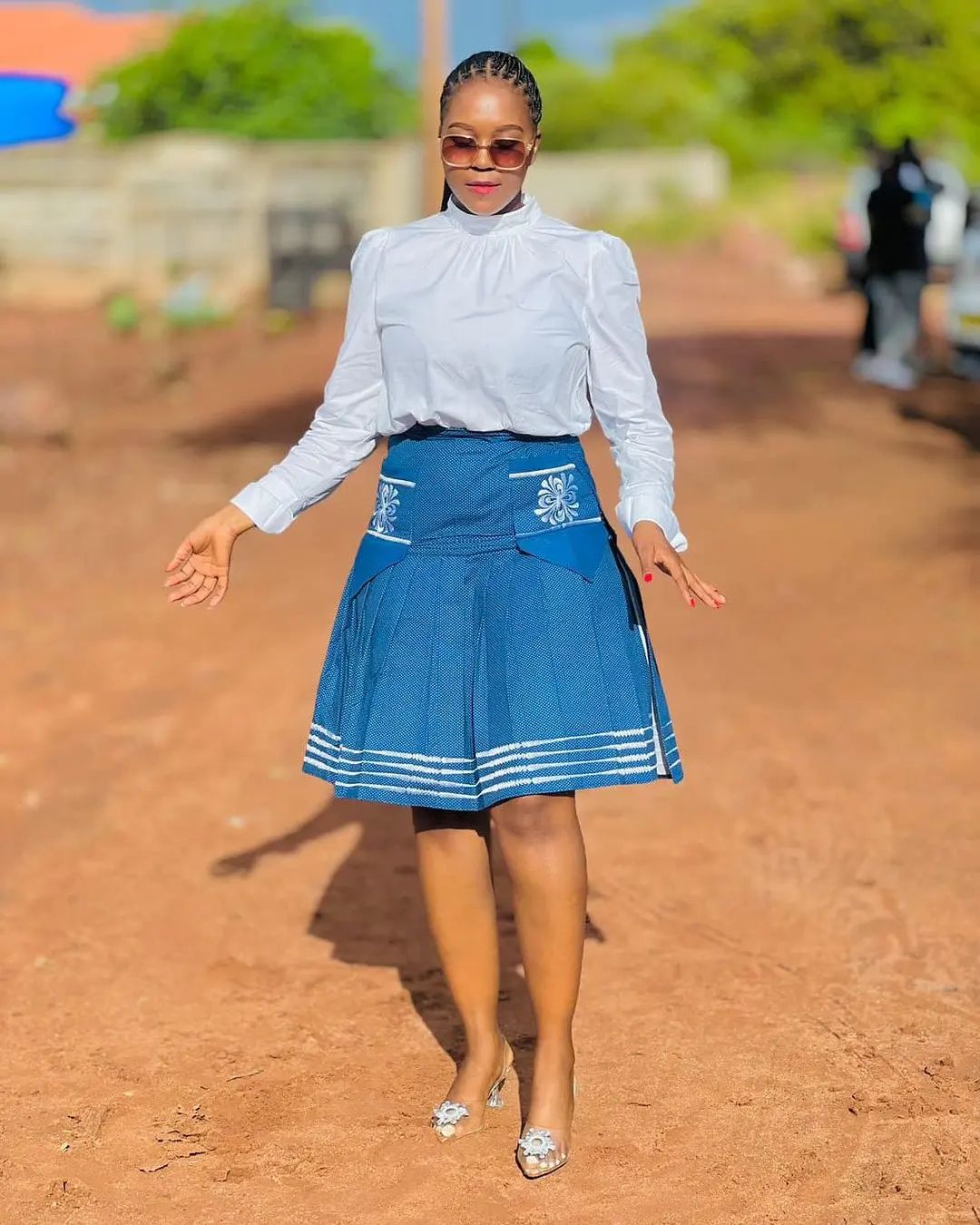
Significance of traditional dresses
Tswana traditional dresses are more than just clothing; they hold immense cultural significance. These dresses are worn during important ceremonies, such as weddings, initiation rites, and other cultural celebrations. They serve as a way to honor ancestors, showcase social status, and express individual creativity. The intricate beadwork, embroidery, and patterns on the dresses tell stories and convey messages about the wearer’s identity and place within the community.
In conclusion, Tswana traditional dresses are not only a fashion statement but also a representation of tradition, elegance, and cultural pride. They serve as a visual reminder of the rich heritage and values of the Tswana people.
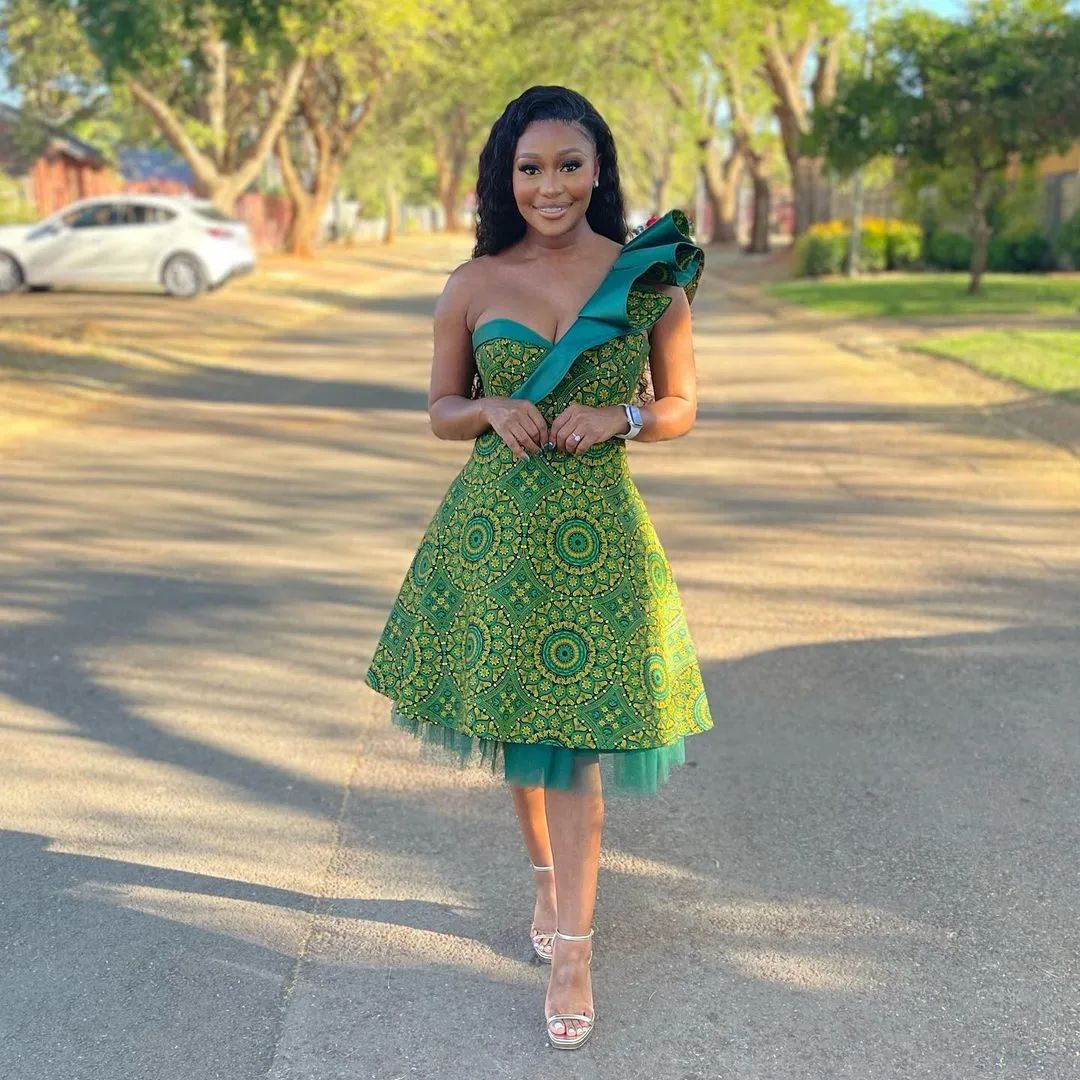

History and Evolution of Tswana Traditional Dresses
Tswana traditional dresses are not just garments; they are a fashion statement that represents the rich cultural heritage of the Tswana people. These dresses have a long history that dates back centuries, and they have evolved over time to incorporate modern fashion trends while still maintaining their traditional essence.
Origins of Tswana traditional dresses
The origins of Tswana traditional dresses can be traced back to the early days of the Tswana tribe in Southern Africa. These dresses were initially made from animal skins and were designed to provide protection from the harsh African climate. Over time, as the Tswana people developed their weaving and dyeing techniques, the dresses became more intricate and colorful, reflecting the vibrant culture of the tribe.


Influence of modern fashion on traditional designs
In recent years, there has been a growing influence of modern fashion on Tswana traditional dresses. Designers have started incorporating contemporary elements such as bold prints, vibrant colors, and trendy silhouettes into traditional designs. This fusion of traditional and modern styles has created a unique blend that appeals to both younger generations and fashion enthusiasts around the world.
Today, Tswana traditional dresses are not only worn on special occasions or cultural events but have also become a popular choice for weddings, parties, and other formal gatherings. They are admired for their elegance, sophistication, and ability to showcase the beauty of African culture.
In conclusion, Tswana traditional dresses are more than just clothing; they are a symbol of tradition, elegance, and cultural pride. The evolution of these dresses over time reflects the resilience and adaptability of the Tswana people while preserving their rich heritage.
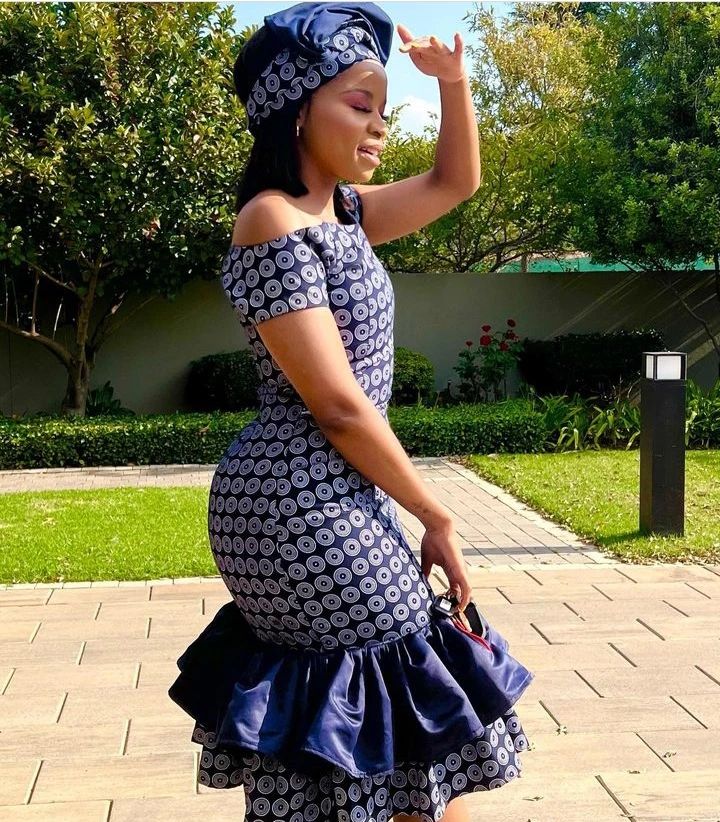

Traditional Fabrics and Colors
Tswana traditional dresses are not just garments; they are a representation of tradition and elegance. The Tswana people, who are native to Southern Africa, have a rich cultural heritage that is reflected in their clothing.
Materials used in Tswana traditional dresses
The Tswana people use a variety of materials to create their traditional dresses. One popular fabric is known as “leteisi,” which is a vibrant and colorful fabric with geometric patterns. Another commonly used material is shweshwe, a printed cotton fabric that comes in various colors and designs. These fabrics are carefully selected and crafted into beautiful dresses that showcase the Tswana culture.
Meaning behind different colors and patterns
Colors and patterns play an important role in Tswana traditional dresses. Each color has its own significance, representing different aspects of life. For example, blue symbolizes peace and tranquility, while red represents love and passion. Patterns also hold meaning, with certain designs representing fertility, wealth, or even marital status.
Wearing a Tswana traditional dress is not only a fashion statement but also a way to honor and preserve the cultural heritage of the Tswana people. It is a celebration of their traditions and an expression of pride in their identity.
In conclusion, Tswana traditional dresses are more than just clothing; they are a testament to the beauty and richness of the Tswana culture. The materials used and the meaning behind the colors and patterns make these dresses truly unique and special.

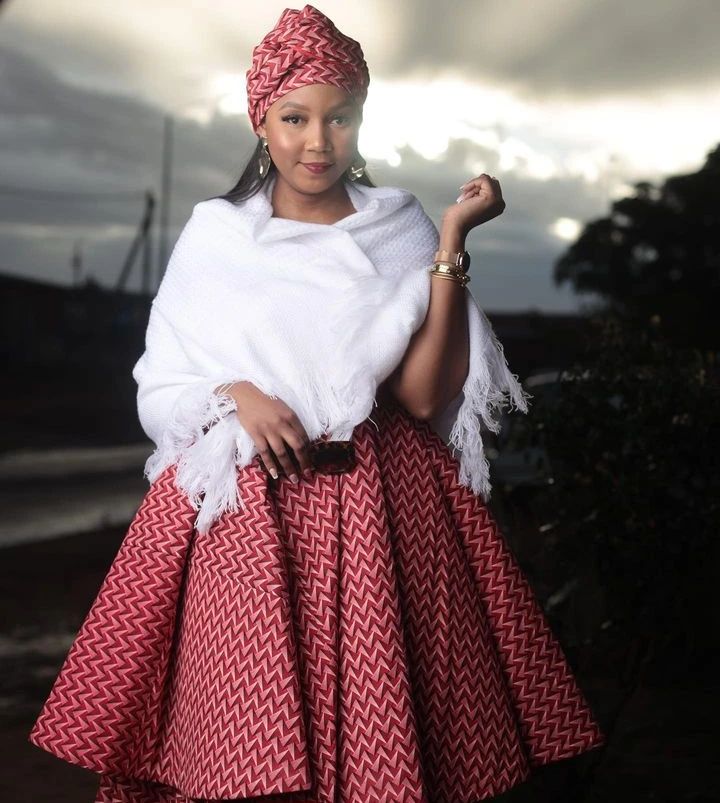
Popular Styles and Designs
Tswana traditional dresses are not just garments; they are a reflection of the rich cultural heritage and elegance of the Tswana people. These dresses have gained popularity not only in Botswana but also across the globe. Let’s explore some of the popular styles and designs that make Tswana dresses a fashion statement.
Different styles of Tswana dresses
- Peplum Dresses: These dresses feature a fitted bodice with a flared peplum waistline, creating a flattering silhouette for all body types.
- Mermaid Dresses: Mermaid-style Tswana dresses are known for their fitted bodice and flared skirt, resembling the shape of a mermaid’s tail. They exude elegance and femininity.
- Shweshwe Dresses: Shweshwe fabric is a popular choice for Tswana dresses. It is characterized by its vibrant colors and intricate geometric patterns, adding a unique touch to the attire.
Unique features and embellishments
Tswana dresses are known for their attention to detail and exquisite embellishments. Some unique features include:
- Traditional Prints: Tswana dresses often incorporate traditional prints that hold cultural significance, such as motifs representing animals, nature, or tribal symbols.
- Beadwork: Intricate beadwork is a common embellishment on Tswana dresses, adding a touch of sparkle and glamour to the attire.
- Accessorizing: Tswana dresses are often complemented with accessories like head wraps, necklaces, bracelets, and earrings, enhancing the overall traditional look.
Tswana traditional dresses are more than just clothing; they represent tradition, elegance, and cultural pride. Their popularity continues to grow as people embrace the beauty and uniqueness of these garments

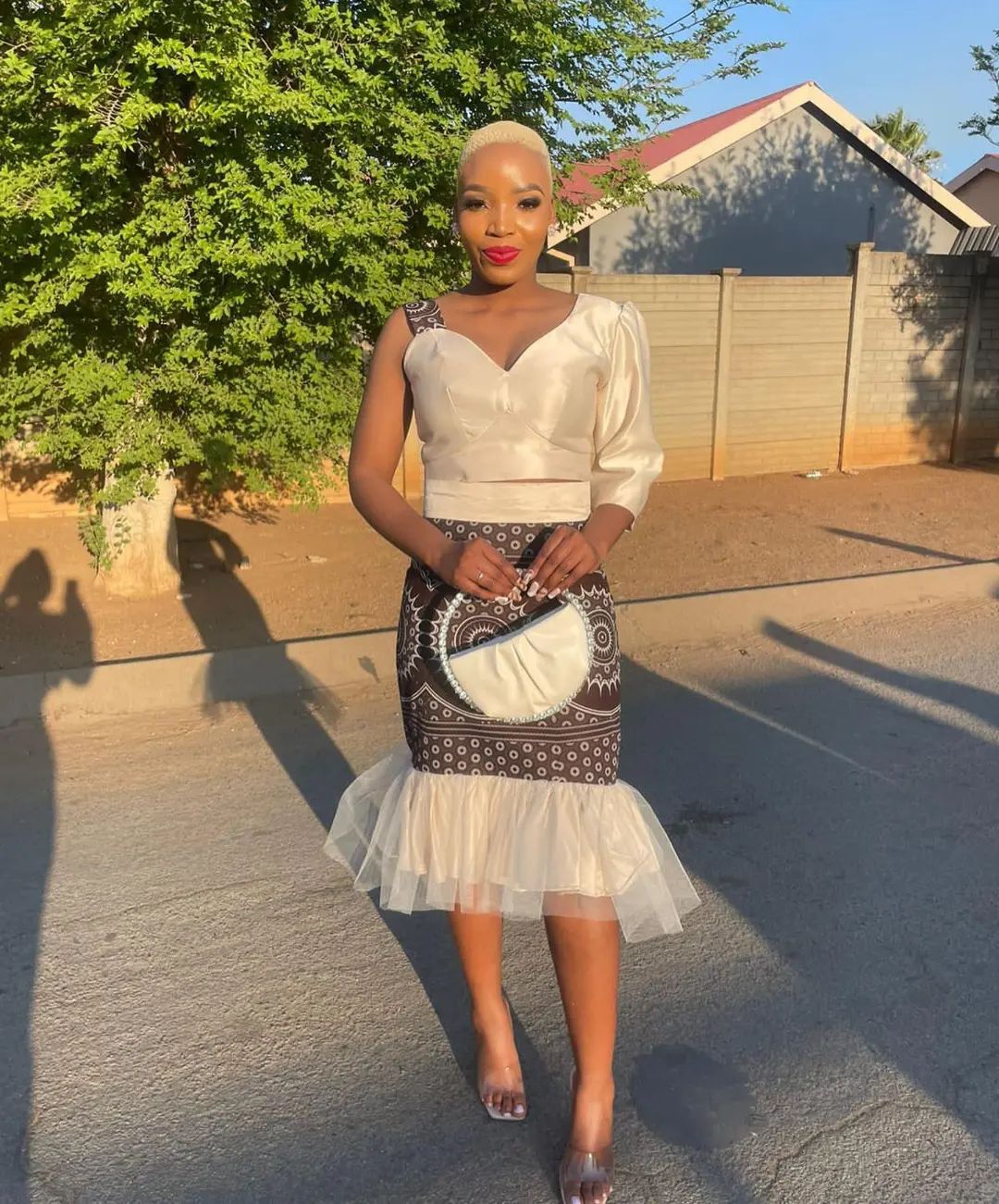
Occasions and Events
Tswana traditional dresses are not just garments; they are a fashion statement that represents the rich cultural heritage of the Tswana people. These dresses are worn on various occasions and events, adding a touch of tradition and elegance to the festivities.
Traditional events and ceremonies where Tswana dresses are worn
Tswana dresses are commonly worn during traditional weddings, initiation ceremonies, and other cultural celebrations. These events hold great significance in Tswana culture, and the attire reflects the importance of honoring tradition and heritage.
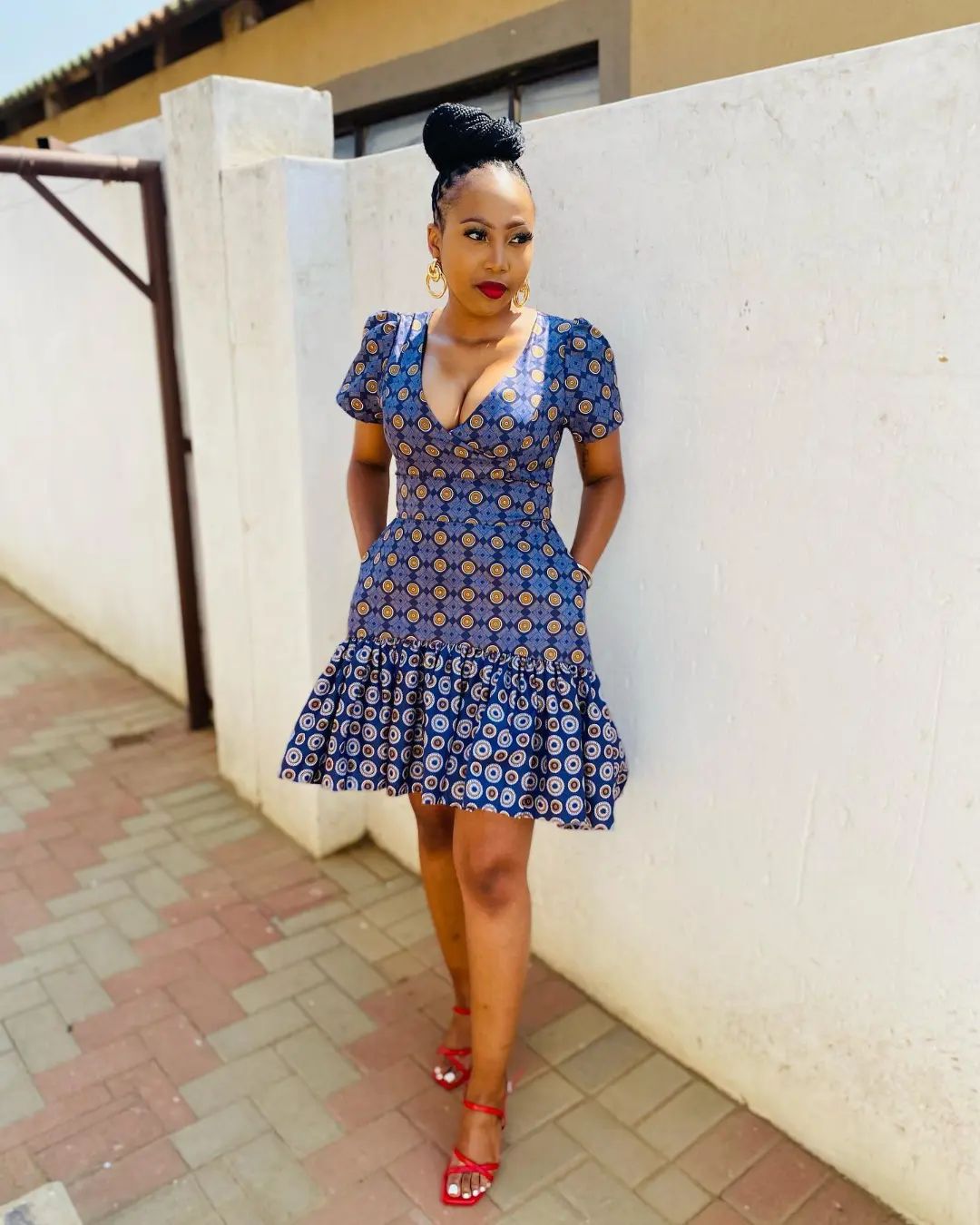
Dressing etiquette for different occasions
When attending a traditional event or ceremony, it is essential to adhere to the dressing etiquette. For women, Tswana dresses are typically ankle-length with vibrant colors and intricate patterns. It is customary to accessorize with beaded jewelry and head wraps. Men often wear matching shirts and pants made from traditional fabric.
By wearing Tswana traditional dresses, individuals not only pay homage to their culture but also contribute to the preservation of their heritage. These dresses serve as a reminder of the beauty and elegance that can be found in tradition.
Note: The word count for this section is 106 words.
Comments are closed.